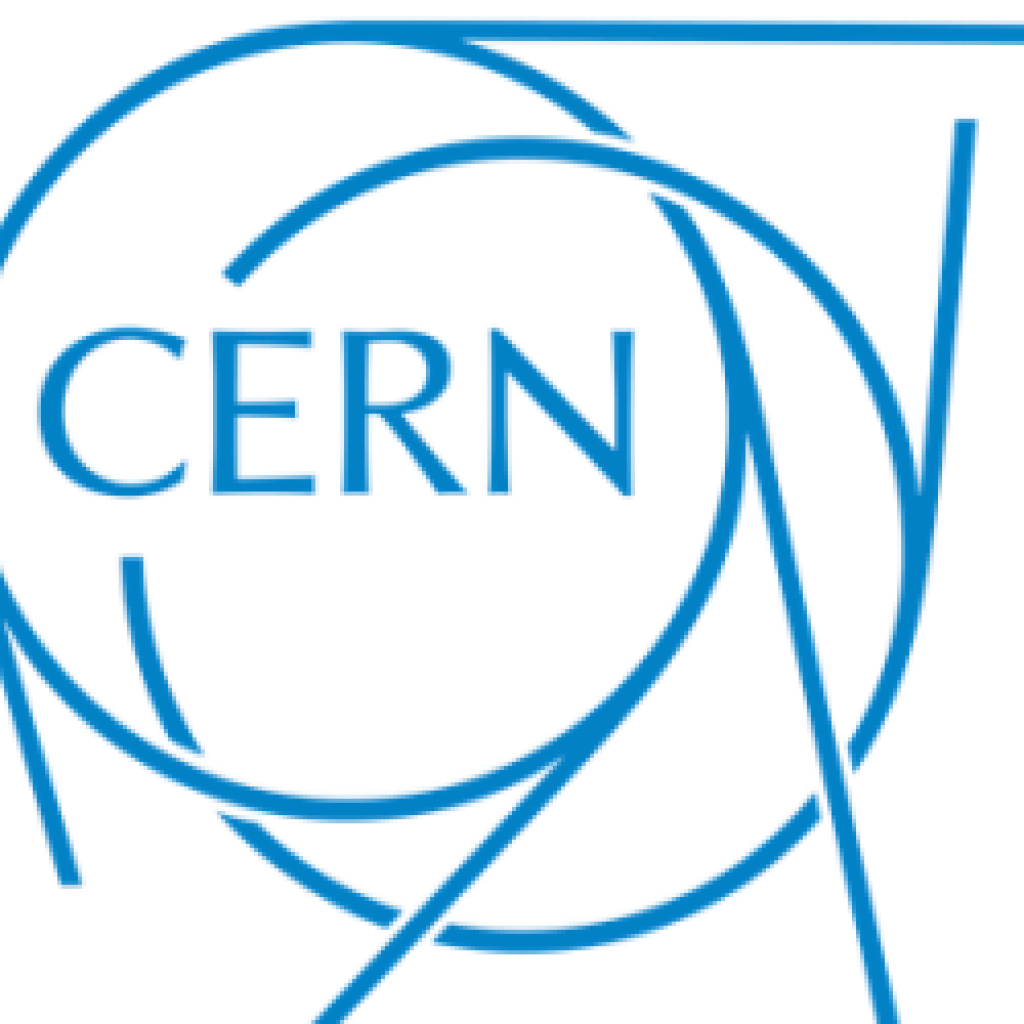(Wired.UK) Scientists at the European Organisation for Nuclear Research, or CERN, will need 50 to 100 times more computing power than they have at their disposal today as the Large Hadron Collider (LHC) is being supercharged–the number of proton collisions per second being increased by a factor of two-and-a-half.
In a bid to make sense of the impending data deluge, some at CERN are turning to the emerging field of quantum computing. For CERN, the quantum promise could, for instance, help its scientists to get closer to SUSY – shorthand for the so far elusive evidence of the theory of supersymmetry. At the moment, researchers spend weeks and months sifting through the debris from proton-proton collisions in the LHC.
Federico Carminati, a physicist at CERN, says that today’s quantum computers wouldn’t give researchers anything more than classical machines, but, undeterred, he’s started tinkering with IBM’s prototype quantum device via the cloud while waiting for the technology to mature. It’s the latest baby step in the quantum marathon. The deal between CERN and IBM was struck in November. Carminati further explained, “These are our first steps in quantum computing, but even if we are coming relatively late into the game, we are bringing unique expertise in many fields. We are experts in quantum mechanics, which is at the base of quantum computing.”
CERN Turning to Quantum Computing to Make Sense of Impending Deluge of Data
